
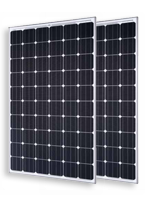
Solar PV
Solar photovoltaic (PV) systems, also referred to as solar electric systems, capture sunlight and convert it into electricity. PV systems can be used to power everything in your home from lights and appliances to an electric vehicle.
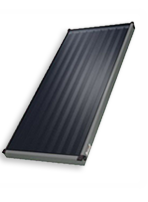
Solar Water Heating
A solar water heating system captures the warmth of the sun and uses it to heat water for your home. Unlike solar PV systems that collect sunlight and convert it into electricity, solar water heating systems simply absorb the sun’s heat. Learn more
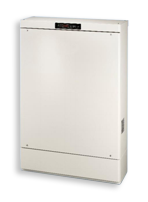
Battery Storage
Batteries can be charged from solar PV or the grid and discharge their power at a later time. When paired with solar PV, battery storage can help with “load shifting,” or reducing electric power consumption at times when the grid or the homeowner are experiencing high demand. This is particularly useful for customers on time-of-use rates. Learn more
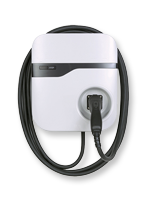
Electric Vehicle Charging
While plug-in electric vehicle (PEV) charging will add an additional electrical load into your home, by installing a PV system you can produce up to 100% of the power required for your home and PEV. As a long-term investment, a PV system sized to meet your household needs as well as PEV needs can be considerably more cost-effective than buying utility power. After paying off the system, the cost of fueling your plug-in car can drop to virtually zero, allowing you to drive on free, clean power. Learn more

Windows/doors
Windows and doors provide both aesthetic and energy efficiency value by helping to lower heating, cooling and lighting needs. Look for dual pane, low-e (emissivity) models. Learn more
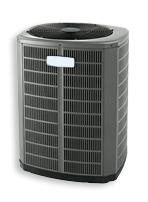
AC Compressor
Heating and air conditioning accounts for, on average, 48% of U.S. residential energy use. Look for zoned or ductless systems with high AFUE (>90%), SEER (>14) and HSPF (>8) values. For ducted units, ensure ducts are not leaking. Get better energy savings by setting your thermostat to 65 degrees in the winter and 78 degrees in the summer. Learn more
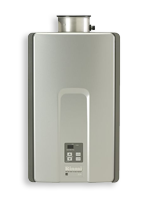
Water Heater
Look for a high efficiency factor on both tank (>0.67 EF) and tankless (>0.82 EF) models. Reducing the temperature to 120 degrees F will save energy too. Learn more
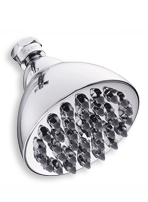
Showerhead
Saving water also saves energy needed to heat it. Use low-flow fixtures (<2 GPM) and take shorter showers. Learn more
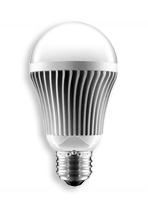
Light Fixture
Replace incandescent bulbs with CFLs or LEDs. LED bulbs are more affordable and accessible now, with improved light temperature and the capacity to be dimmed. For greater savings, turn off lights when not needed and install room occupancy sensors. Learn more
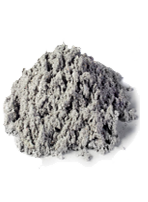
Attic Insulation
Sealing and insulating your home’s envelope can yield the best return on investment and result in considerable comfort and health improvements. Consider a Building Performance Institute-certified contractor to diagnose and address problem areas like the attic, crawlspace and ducts. Learn more
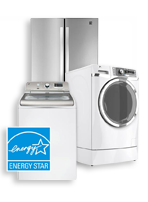
Refrigerator or Washer/Dryer (all major appliances)
Look for the ENERGY STAR® logo when replacing home appliances. Save more energy by running full loads in the dishwasher and washer/dryer and by using cold water for clothes washing and drying on a line.

